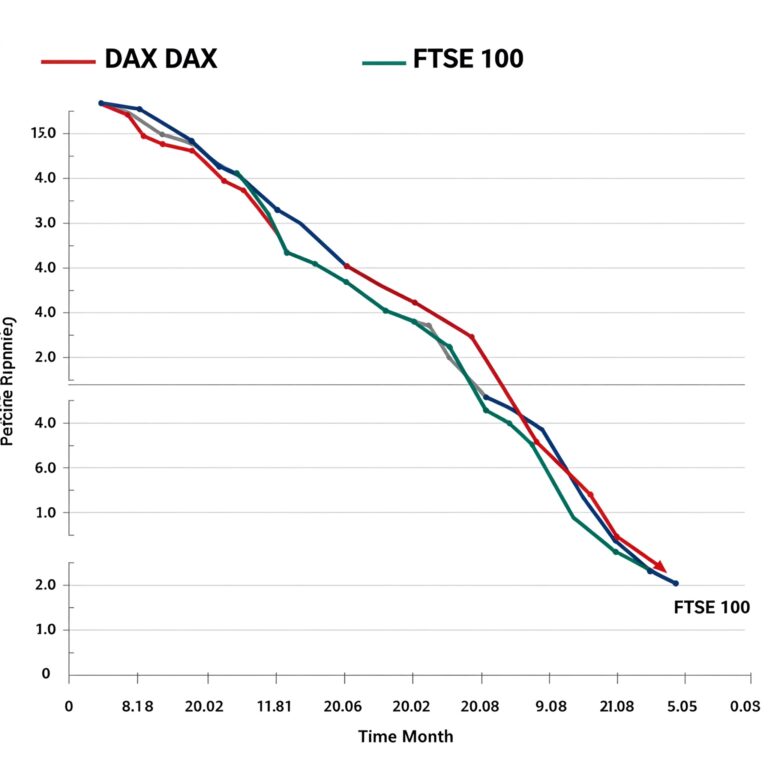
Mastering Financial Freedom: A Comprehensive Guide
Have you ever wondered what it takes to achieve financial freedom? Imagine waking up every day with the peace of mind that comes from knowing your finances are secure, and you have the freedom to make choices without monetary constraints. Financial freedom might feel like an elusive dream, but with the right strategies and determination, it’s an attainable goal. In this guide, we’ll explore the steps you can take to embark on your journey toward financial independence.
Have you ever wondered what it takes to achieve financial freedom? Imagine waking up every day with the peace of mind that comes from knowing your finances are secure, and you have the freedom to make choices without monetary constraints. Financial freedom might feel like an elusive dream, but with the right strategies and determination, it’s an attainable goal. In this guide, we’ll explore the steps you can take to embark on your journey toward financial independence.
Understanding Financial Freedom
Financial freedom means different things to different people. For some, it’s having enough savings and investments to lead a worry-free retirement. For others, it’s about being free from debt. Regardless of the definition, the journey toward financial freedom begins with understanding and organizing your current financial situation.
According to a study by the Financial Industry Regulatory Authority, only 37% of Americans can be considered financially literate. This underscores the need to gain a better grasp of personal finance, which is the foundation of achieving financial freedom.
“Financial literacy is not an option; it is a necessity.” – U.S. Department of the Treasury
Crafting a Financial Plan
Creating a comprehensive financial plan is crucial in your journey to financial freedom. Start by setting clear, realistic goals. Are you saving for retirement, a home, or an education? Having a target allows you to create a roadmap.
Begin by assessing your current financial situation. Calculate your net worth, which is the difference between your assets and liabilities. This will give you a snapshot of where you stand financially.
Next, develop a budget. According to a 2020 survey by U.S. Bank, only 41% of Americans use a budget. A well-structured budget helps track expenses and ensures that you are living within your means.
Here’s a simple breakdown to consider when budgeting:
- Essential expenses: 50% of your income
- Savings and investments: 20% of your income
- Discretionary spending: 30% of your income
Managing and Reducing Debt
Debt can be a major obstacle to financial freedom. According to Experian’s 2021 Consumer Credit Review, the average American has $5,315 in credit card debt. Tackling debt effectively requires a focused approach.
Start with the snowball method, where you pay off your smallest debts first. This method can boost your motivation as you see your debts disappearing one by one.
Alternatively, the avalanche method, which prioritizes debts with the highest interest rates, can save you money on interest payments. Choose the strategy that best fits your financial situation and personality.
Consider negotiating your debt. Many creditors are willing to reduce interest rates or offer settlement plans.
Building an Emergency Fund
An emergency fund is a cushion that protects you from unexpected expenses, such as medical emergencies or job loss. Aim to save three to six months’ worth of living expenses.
You can initiate an emergency fund by allocating a small portion of your income. Over time, this fund will grow and provide the security needed during financial setbacks.
Real-life example: Sarah, a graphic designer, began saving just $100 monthly five years ago. Today, she has over $6,000 in her emergency fund, which eased her stress during a recent job transition.
Investing Wisely
Investing is a critical component of building wealth and achieving financial freedom. Before you invest, it’s crucial to understand your risk tolerance. Choose investments that align with your financial goals and risk appetite.
Diversification is key. Spread your investments across a mix of asset classes: stocks, bonds, and real estate can all play a role in different economic conditions.
Use platforms like robo-advisors for guidance if you’re new to investing. They offer personalized portfolio management for a fraction of the cost of a human advisor.
Continuously Educate Yourself
Financial markets and strategies constantly evolve. Stay informed by reading financial blogs, attending workshops, and following market news.
Consider joining online communities or forums where you can share experiences and learn from others’ successes and mistakes.
“The best investment you can make is in yourself.” – Warren Buffett
Conclusion: Your Path to Financial Freedom
Achieving financial freedom involves diligent planning and disciplined habits. Whether it’s crafting a budget, reducing debt, or making wise investments, every step advances you toward your goal. Remember, the journey might be long, but the financial independence you’ll gain is worth the effort. Embrace the process with enthusiasm and patience. 💪
We hope this guide has equipped you with the knowledge and inspiration needed for your financial journey. Stay proactive, continue learning, and keep pushing toward your financial dreams!





